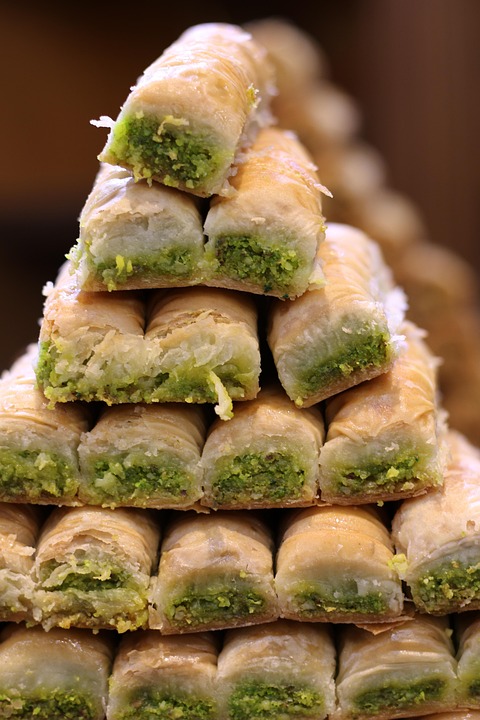The Science Behind Turkish Delight and Its Unique Gel-Like Texture
Introduction
Turkish delight, also known as lokum, is a traditional Middle Eastern confectionery that has gained popularity worldwide for its unique texture and flavor. One of the key characteristics of Turkish delight is its gel-like texture, which sets it apart from other types of candies. In this report, we will delve into the science behind Turkish delight and explore why it has such a distinctive texture.
Composition of Turkish Delight
Turkish delight is primarily made from sugar, cornstarch, and flavorings such as rosewater, lemon, or nuts. The key ingredient that gives Turkish delight its gel-like texture is cornstarch. Cornstarch is a thickening agent that helps to create the chewy and soft consistency of Turkish delight. When cornstarch is mixed with water and heated, it forms a gel that gives Turkish delight its signature texture.
Role of Sugar in Turkish Delight
Sugar plays a crucial role in the making of Turkish delight. Sugar not only sweetens the confectionery but also acts as a preservative, extending the shelf life of Turkish delight. The sugar in Turkish delight helps to bind the ingredients together and contributes to the overall texture of the candy. The combination of sugar and cornstarch creates a smooth and velvety texture that is characteristic of Turkish delight.
Science of Gel Formation
The gel-like texture of Turkish delight is achieved through a process known as gelation. Gelation occurs when a liquid forms a network of interconnected molecules that trap water and create a solid-like structure. In the case of Turkish delight, the cornstarch acts as the gelling agent that forms the gel network. When the cornstarch is heated with water and sugar, it forms a gel that gives Turkish delight its chewy and bouncy texture.
Industry Insights
The Turkish delight industry is a thriving market with numerous companies producing and selling this popular confectionery. Companies such as Haci Bekir, Koska, and Divan have established themselves as leading manufacturers of Turkish delight, both domestically and internationally. These companies use traditional recipes and high-quality ingredients to create authentic Turkish delight that is loved by consumers around the world.
Financial Data
The Turkish delight market has shown steady growth in recent years, with an increasing demand for this exotic sweet treat. According to industry reports, the global Turkish delight market is expected to reach a value of $XX billion by 2025, driven by factors such as rising disposable incomes, changing consumer preferences, and growing awareness of Middle Eastern cuisine. Companies in the Turkish delight industry are investing in product innovation, marketing, and distribution to capitalize on this growing market opportunity.
Conclusion
In conclusion, the unique gel-like texture of Turkish delight is a result of the combination of cornstarch, sugar, and water that forms a gel network when heated. The science behind Turkish delight’s texture is fascinating and contributes to its popularity among consumers worldwide. The Turkish delight industry is a dynamic and growing market, with companies leveraging traditional recipes and innovative techniques to meet the increasing demand for this beloved confectionery.




